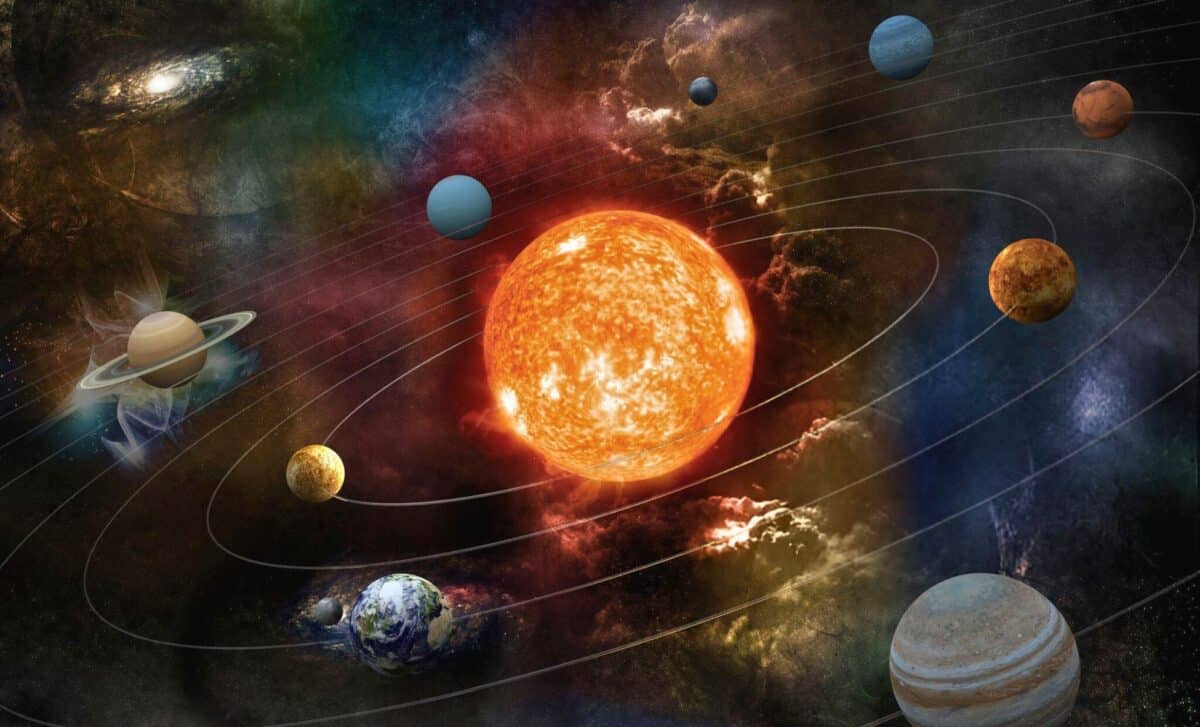‘Hidden’ Ninth Planet Could Finally Be Found—Here’s How Scientists Plan to Do It
For years, the idea of a mysterious “Planet Nine” lurking on the edges of our solar system has captivated astronomers and stargazers alike. Now, thanks to groundbreaking advancements in astronomical technology, we could be on the cusp of confirming its existence and rewriting what we know about our cosmic neighborhood.
The Planet That Refuses to Be Seen
The solar system once had nine planets until Pluto was reclassified as a dwarf planet in 2006, leaving a noticeable void. But that void might not be empty after all. Astronomers have proposed that a ninth planet—a massive gas or ice giant—exists, hiding billions of miles beyond the outermost known planets. Estimates suggest that this mysterious world could be seven times the size of Earth, with an orbit so distant that it takes thousands of years to complete a lap around the Sun.
Scientists believe Planet Nine’s influence is indirectly visible through the unusual clustering of objects in the Kuiper Belt, a vast ring of icy debris beyond Neptune. But seeing the planet itself has proven frustratingly elusive.
The Case for Planet Nine:
- Mass and size: Its size and gravitational pull could explain anomalies in the orbits of distant celestial objects.
- Orbit: A single orbit could take thousands of Earth years to complete, making it nearly impossible to spot with current tools.


High-Tech Eyes on the Skies: Vera C. Rubin Observatory
Astronomy is entering a bold new era with the launch of the Vera C. Rubin Observatory in Chile, scheduled to begin operations in 2025. This state-of-the-art facility is equipped with the largest digital camera ever built, capable of capturing highly detailed images of the cosmos from previously unimaginable distances.
At a cost of $473 million, the observatory will systematically scan the night sky, increasing the likelihood of detecting faint objects like Planet Nine. Combined with ongoing observations from Japan’s Subaru Telescope in Hawaii, the search is poised to reach unprecedented levels of precision.
Mike Brown, the Caltech astronomer who first proposed the Planet Nine hypothesis, expressed optimism about the project. “It’s really difficult to explain the solar system without Planet Nine,” he said. “But there’s no way to be 100 percent sure [it exists] until you see it.”
Why the Vera C. Rubin Observatory Could Crack the Case:
- Advanced detection: Its revolutionary imaging system allows it to detect faint light signals that current telescopes can’t pick up.
- Unprecedented reach: It can photograph objects billions of miles away with unparalleled clarity.
Why Haven’t We Found It Yet?
The biggest obstacle is distance. Planet Nine is thought to reside in a region so far from the Sun that its light reflection is vanishingly dim by the time it reaches Earth. Current telescopes simply aren’t powerful enough to capture it. Its vast orbit also means it may be located in a patch of sky so remote that it hasn’t yet been scanned in detail.
But scientists believe it’s out there. The Vera C. Rubin Observatory offers a glimmer of hope by bringing unprecedented sensitivity and coverage to the search.
What the Discovery Could Mean
The implications of finding Planet Nine would be profound. It would:
- Provide the first direct evidence of a new planet in our solar system since the discovery of Neptune in 1846.
- Change our understanding of the formation and dynamics of the solar system, shedding light on how giant planets can shape their surroundings.
If all goes as planned, humanity could confirm the existence of Planet Nine within the next few years. Experts estimate that the Vera C. Rubin Observatory’s capabilities could pinpoint its location by 2027 at the latest. For now, the hunt continues, but the tools are sharper, and the optimism is stronger than ever.
Source link
